Throughout history, lighting has played a pivotal role in human civilisation, illuminating the darkness and enhancing the ambiance of our surroundings. Among the various lighting fixtures, pendants have emerged as versatile and adaptable luminaries, evolving from humble beginnings fueled by oil and gas to modern incarnations driven by electricity. We will delve into the rich history of pendants, exploring their journey from traditional oil lamps to contemporary designs, their adaptability in different settings, and the potential for creativity in their use and design.
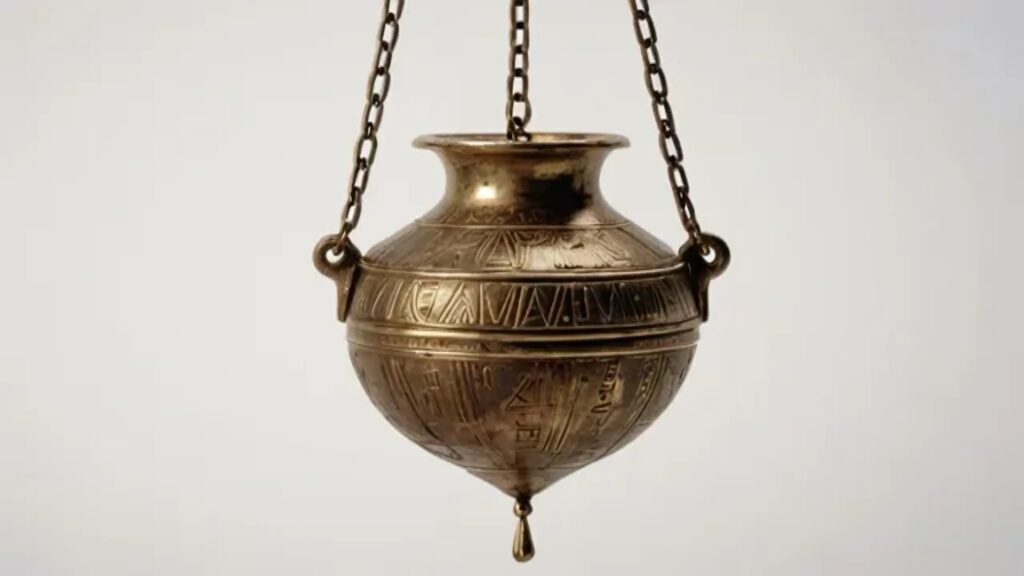
The history of pendants can be traced back thousands of years to ancient civilisations such as the Egyptians, Greeks, and Romans, who used simple vessels filled with oil and a wick to produce light. These early oil lamps served practical purposes, providing illumination for homes, temples, and public spaces. Over time, advancements in technology led to the development of more sophisticated oil lamps with improved designs and materials, including the use of ceramic, bronze, and glass.
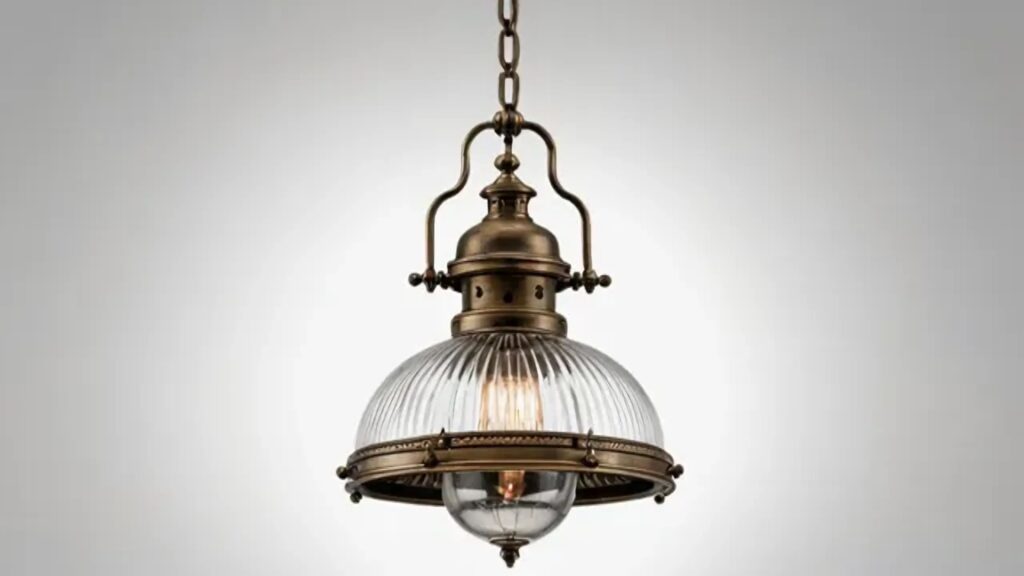
In the 19th century, the introduction of gas lighting revolutionised the way we illuminate our homes and cities, paving the way for the emergence of gas pendants. These elegant fixtures featured ornate designs and intricate detailing, often adorned with glass shades to diffuse the light and enhance its brilliance. Gas pendants became popular in affluent households and public buildings, symbolising luxury, sophistication, and progress.
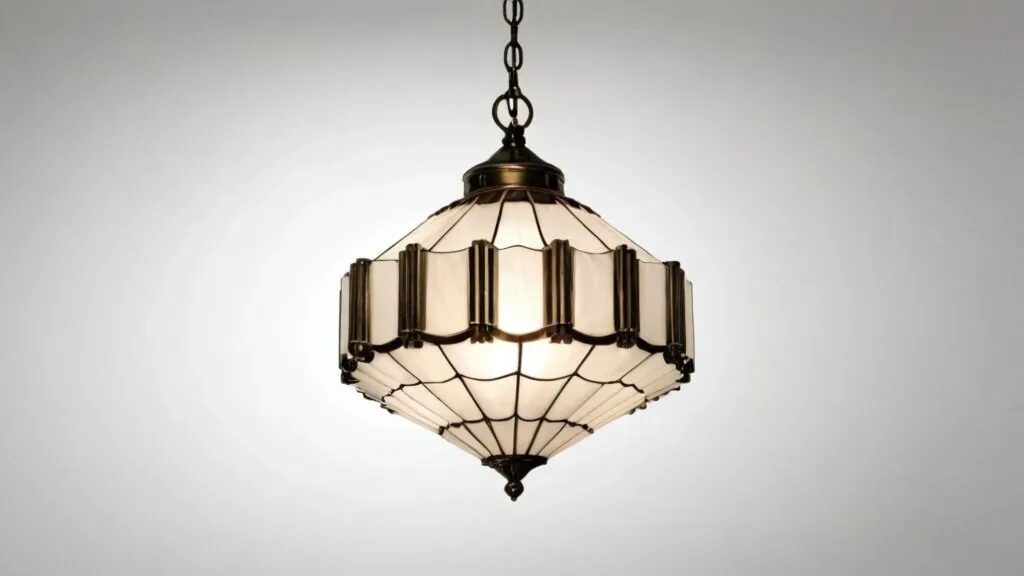
As the 20th century dawned and electricity became more widespread, pendant lighting underwent another transformation, embracing new materials, shapes, and styles. From Art Deco designs of the 1920s to Mid-Century Modern influences of the 1950s and 60s, pendant lights evolved to reflect the changing tastes and aesthetics of the times. Today, pendant lighting encompasses a wide range of designs, from minimalist and contemporary to vintage-inspired and industrial chic.
What makes pendant lighting truly remarkable is its adaptability in different settings and environments. Whether suspended above kitchen islands, dining tables, or entryways, pendants can instantly transform a space, providing focused illumination and adding a touch of style and sophistication. Their versatility allows them to be used in various interior design schemes, from traditional and classical to modern and eclectic, making them a popular choice for homeowners, interior designers, and architects alike.
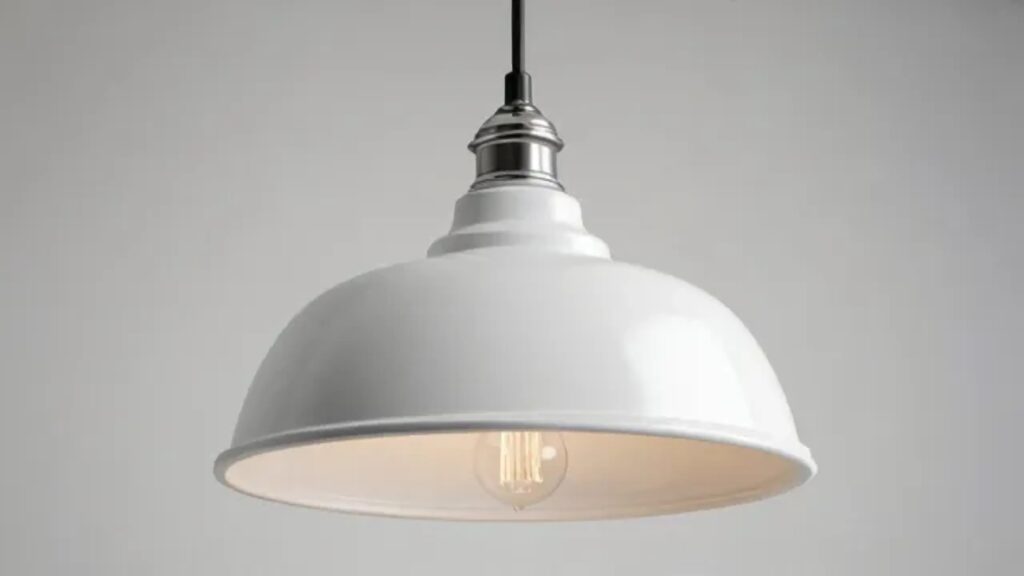
Moreover, the potential for creativity in pendant lighting is virtually limitless. Designers and artisans continually push the boundaries of innovation, experimenting with new materials, shapes, and technologies to create unique and captivating pendant lights. From hand-blown glass shades to laser-cut metal frames, the possibilities for customisation are endless, allowing individuals to express their personality and creativity through their choice of lighting.
In conclusion, the history of pendants is a testament to human ingenuity and creativity in the pursuit of illumination. From the humble oil lamps of antiquity to the sophisticated pendant lights of today, these luminaries have evolved to meet the changing needs and desires of society. As we look to the future, the potential for creativity in pendant lighting remains boundless, promising new innovations and designs that will continue to inspire and enchant us for generations to come.
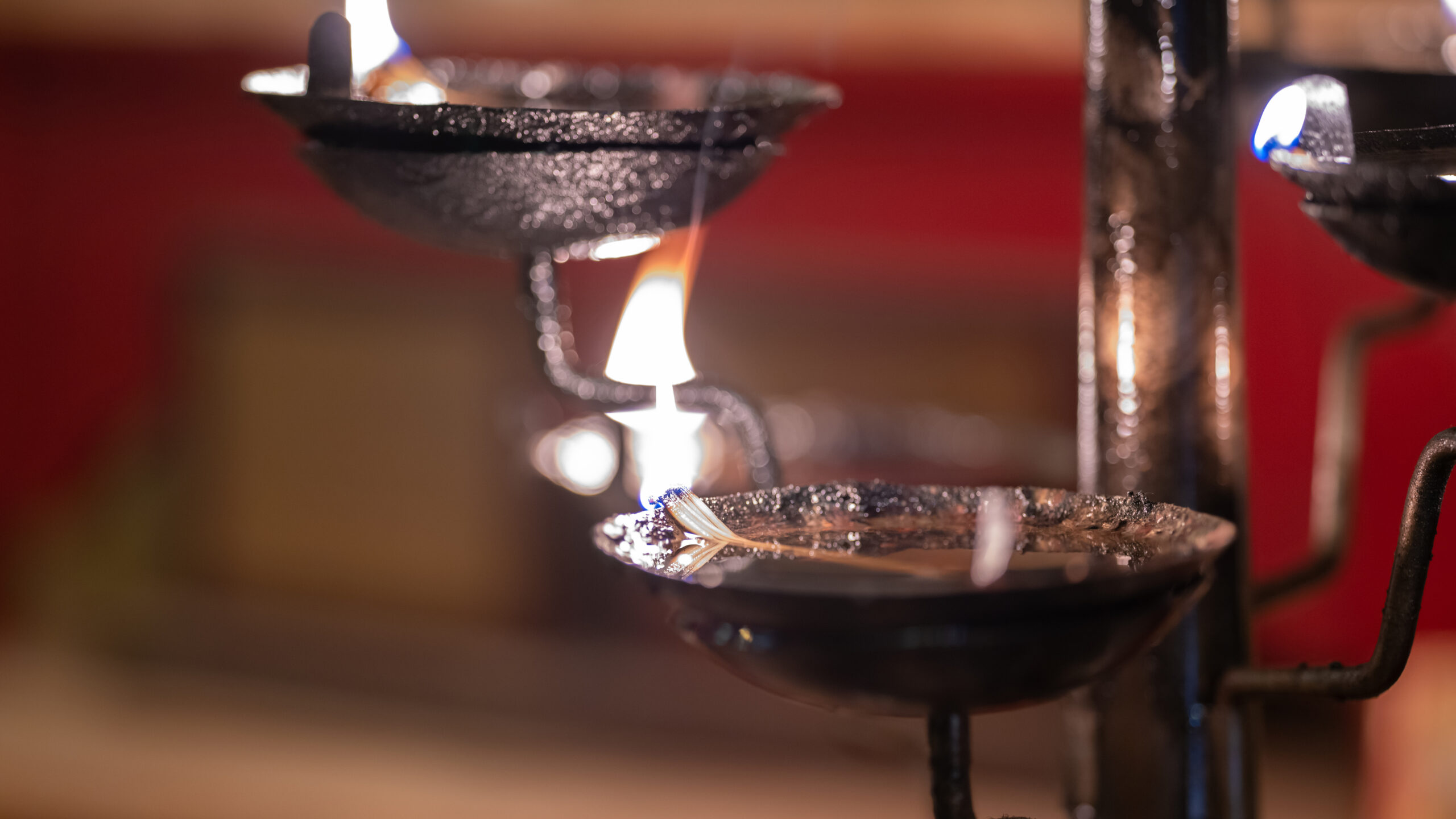
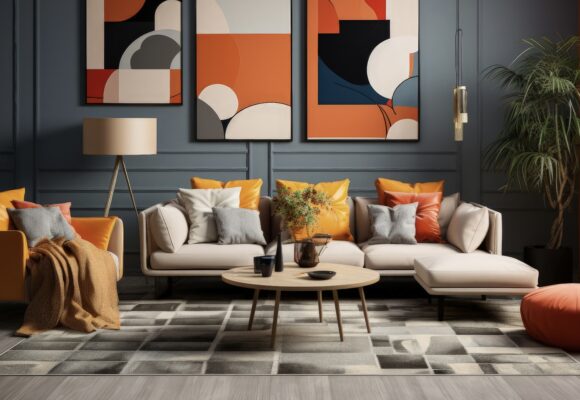
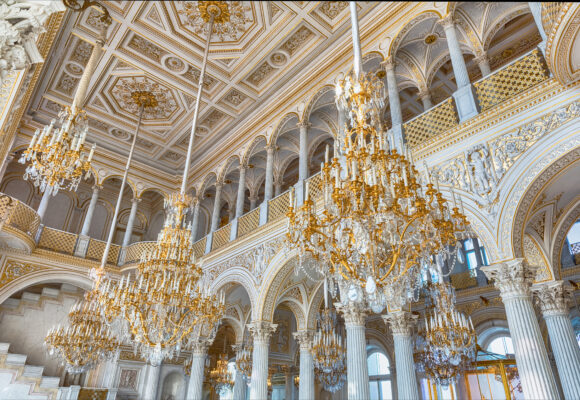

 No products in the basket.
No products in the basket. 
